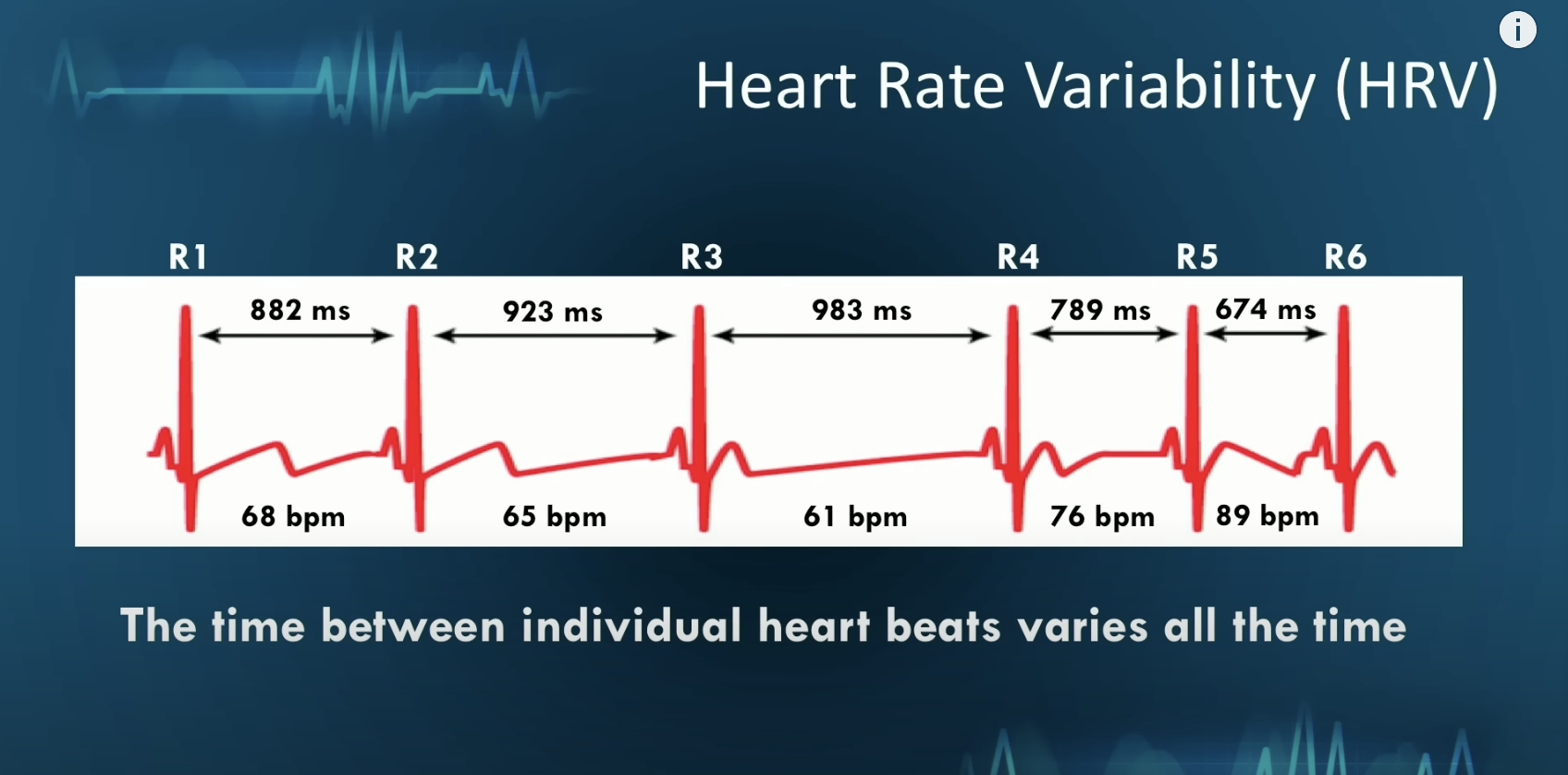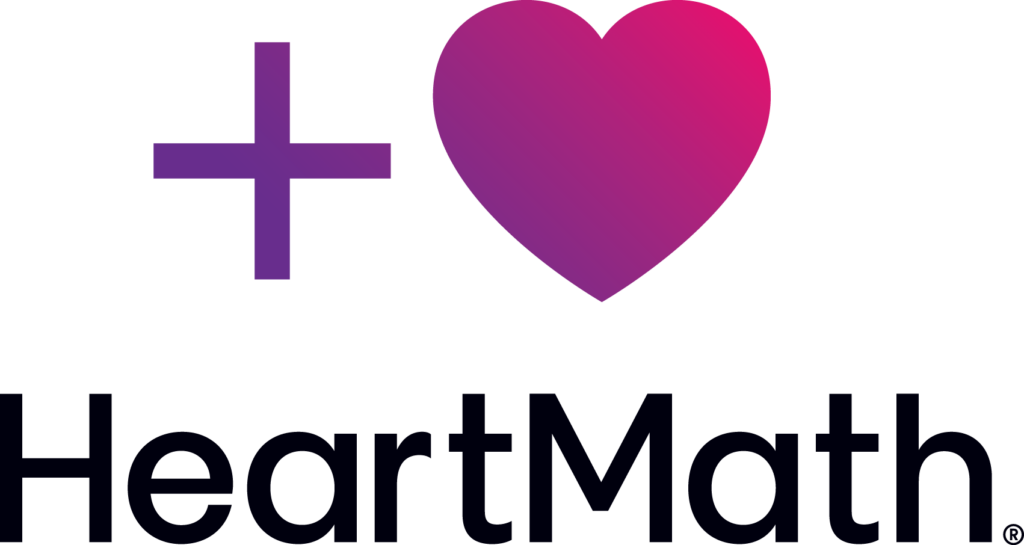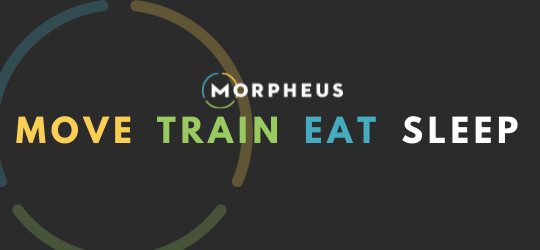How much do you know about heart rate variability (HRV)? Probably not much – it’s a key indicator of health that has only started to find understanding in the last decade. In this article, Online Senior Center will tell you what you need to know about HRV training.
Medical Disclaimer: HRV training is not a cure-all and Online Senior Center should not be used as a substitute for medical advice.
How Does HRV Work?
The psychologist Inna Khazan explains HRV as your body’s “superpower.” It’s your body’s way of staying adaptable and healthy, especially as you get a bit older.
Heart rate variability isn’t about how fast or slow your heart beats; it’s about the changes in rhythm that happen between each heartbeat.
If you were to count your heartbeat, you’d probably count between 60 and 80 beats per minute. But the spaces between the heartbeats is never exactly the same – the time between heartbeats lengthens and shortens.
Most people think of a healthy heart like a metronome. Turns out, that’s not true! Your heart doesn’t march to the same beat all the time. It’s more like a rollercoaster ride, speeding up and slowing down constantly throughout the day. This flexibility is your heart’s way of being ready for anything life throws at it. In fact, a heart that beats too steadily might struggle when things change.

If you are scared or anxious, your heart rate might go up. But if your heart isn’t used to variation, that higher heart rate might trigger other reactions in your body, like a panic attack. But a healthy heart with a good HRV can weather changes with less difficulty.
Think of it like a skyscraper – they sway a bit in the wind to stay strong. Your heart has to sway too! With high heart rate variability, your heart – and your mind too – can deal with changes more readily.
What is HRV Training?
Now, here’s what’s important to you. Understanding and using your HRV superpower is a game-changer, especially as we age. It’s linked to feeling mentally and physically awesome. Good HRV means better ability to handle stress, perform well, and even enjoy life more.
Khazan explains that, through breathing exercises and simple activity, you can increase your HRV and improve your health. Practicing your breathing, and moving your body, prompts your heart to alter your HRV.
If you’ve ever dealt with things like anxiety, depression, or high blood pressure, HRV training is like a magic trick. It can make you feel more in control, more resilient, and just generally happier.
And it’s not just in your head! HRV training helps your body too. It boosts your physical endurance, reaction speed, and ability to make decisions – all handy skills, especially when life throws surprises your way.
Now, you don’t need a fancy gym or a doctor’s care for this. You can practice HRV training right at home! It involves simple breathing exercises. Imagine it like giving your heart a little workout, keeping it fit and ready for whatever comes your way.
Why is HRV Training Important for Seniors?
HRV training is valuable for everybody from athletes to public speakers to people suffering from anxiety and panic attacks. But it’s especially valuable to seniors, because a healthy HRV is a key part of a healthy aging body.
Blood Pressure Management
HRV serves as a valuable indicator of the body’s ability to regulate blood pressure. For seniors, maintaining optimal blood pressure levels is crucial in preventing cardiovascular issues. By understanding HRV, seniors can adopt practices that enhance heart health and contribute to stable blood pressure.
Oxygenation Levels
HRV is linked to respiratory patterns and oxygenation levels. Seniors often face challenges related to respiratory function, and monitoring HRV can provide insights into how well the body is oxygenating. This knowledge enables seniors to implement breathing exercises that enhance lung capacity and overall respiratory health.
Stress Reduction
Seniors frequently encounter stressors related to health concerns, lifestyle changes, or personal circumstances. HRV is a reliable marker of the body’s stress response. By understanding and managing HRV, seniors can implement stress-reduction techniques such as mindful breathing, promoting mental well-being and resilience.
Energy Levels
Fluctuations in HRV are indicative of the body’s capacity to adapt and respond to changing demands. Seniors can use HRV insights to tailor their daily activities, ensuring optimal energy distribution. This personalized approach aids in avoiding fatigue and maintaining a sustainable level of energy throughout the day.
Overall Well-Being
HRV is closely tied to the autonomic nervous system, which plays a crucial role in regulating various bodily functions. Seniors can leverage HRV understanding to make informed lifestyle choices that support their overall well-being. This includes aspects such as sleep quality, nutrition, immune system functioning, and physical activity tailored to individual needs.
Risk Assessment
Monitoring HRV allows seniors to assess their risk of potential health issues. Reduced HRV has been associated with a higher risk of cardiovascular events. Regular tracking of HRV provides seniors with a proactive tool to identify potential health risks early, enabling timely intervention and preventive measures.
Enhanced Quality of Life
Ultimately, a comprehensive understanding of HRV empowers seniors to take charge of their health and improve their overall quality of life. By incorporating HRV-informed practices, such as controlled breathing exercises and stress management techniques, seniors can proactively address health concerns and foster a sense of well-being.
In summary, understanding HRV is essential for senior adults as it provides valuable insights into crucial aspects of their health, including blood pressure, blood oxygen levels, stress management, energy distribution, and overall well-being. By incorporating HRV monitoring into their routine, seniors can make informed decisions that contribute to a healthier and more fulfilling life.
How Do I Check My HRV?
As a senior, you probably know all about blood pressure and heart rate. They’re two of the main vitals your doctor checks with every checkup. In fact, if you’re health-conscious, or have had a health scare, you probably even have your own blood pressure cuff or heart monitor.
As Dr Khazan points out, there are many devices on the market how that can also monitor HRV. Some, like apps on the Apple Watch or Whoop, will only give you an average HRV. Others, like the Lief system, can give you real-time or nearly real-time results.
A few of the most popular HRV products on the market today are:
Disclaimer: Online Senior Center has no financial ties to these products. They are presented for informational purposes only.
Heartmath

HeartMath offers cutting-edge products, like the Inner Balance device, designed to enhance well-being through Heart Rate Variability (HRV) training. The Inner Balance sensor connects to your smartphone, providing real-time HRV feedback during breathing exercises. This empowers users to manage stress, improve resilience, and promote mental and physical health.
Pulsetto

Pulsetto, a leading HRV monitoring device, revolutionizes health tracking. Compact and user-friendly, it measures Heart Rate Variability (HRV) for personalized insights into stress, energy levels, and overall well-being. Pulsetto empowers individuals to optimize their health through actionable data, promoting resilience and a balanced lifestyle.
Morpheus

Morpheus HRV is a state-of-the-art wellness device offering advanced Heart Rate Variability (HRV) monitoring. Compact and easy to use, it provides real-time data, allowing individuals to optimize their health and well-being. Morpheus HRV supports personalized health goals, stress management, and overall resilience for a healthier lifestyle.
Lief

Lief HRV is a wearable biofeedback device, pioneering stress management and Heart Rate Variability (HRV) training. Worn discreetly, Lief monitors HRV to provide real-time insights into stress levels based on ECG technology. With personalized coaching, Lief empowers users to navigate stress, build resilience, and enhance overall mental and physical well-being.
HRV4Training

HRV4Training is a comprehensive mobile app revolutionizing health and fitness. Using the device’s camera, it measures Heart Rate Variability (HRV) and tailors training recommendations based on individual data. This innovative tool helps users optimize their workouts, improve recovery, and enhance overall well-being through science-backed HRV insights. HRV4Training is used with the Polar strap or Apple Watch.
HRV FAQs
What does HRV training do?
HRV training is a holistic approach aimed at optimizing the body’s autonomic nervous system, particularly focusing on Heart Rate Variability (HRV) – the subtle changes in the time intervals between heartbeats. Through intentional and controlled breathing exercises, HRV training promotes flexibility and resilience in the face of stress. It stimulates the body’s superpower – HRV – which, when enhanced, leads to healthier responses to stress, both mentally and physically.
By engaging in regular HRV training, individuals can experience several benefits. Firstly, it contributes to better stress management, fostering mental well-being and reducing the impact of stressors on overall health. Research indicates a strong association between higher HRV and improved mental and physical health, making it a valuable tool for individuals dealing with conditions like anxiety, depression, trauma, chronic pain, headaches, high blood pressure, and gastrointestinal disorders.
How do I train to increase my HRV?
To enhance your HRV, engage in regular controlled breathing exercises. Practice low and slow breathing, aiming for a rate between four to seven breaths per minute. This encourages resonance frequency breathing, optimizing the oscillation of your heart rate. Start with short sessions and gradually increase the duration over weeks. Utilize technology-assisted HRV training apps for convenient and effective home practice, contributing to improved stress response, mental well-being, and overall health.
Should I train if my HRV is low?
If your HRV is consistently low, it might indicate heightened stress or potential health issues. In such cases, consider adjusting your training intensity or opting for activities like light exercises, yoga, or meditation. Prioritize rest and recovery, allowing your body to regain balance. Consult with a healthcare professional for personalized advice, ensuring a tailored approach to address underlying factors affecting your HRV. It’s crucial to listen to your body and adapt your training routine to promote overall well-being.
What is a good HRV by age?
Determining an ideal HRV by age involves various factors, making it challenging to pinpoint specific values. Generally, higher HRV is associated with better health and resilience. However, individual variations exist, influenced by factors like fitness level, lifestyle, and overall health.
According to data from Whoop, average heart rate variability looks a little like this heart rate variability chart:
| Age | Average HRV |
|---|---|
| 25 | 78 |
| 35 | 60 |
| 45 | 48 |
| 55 | 44 |
| 65 | 35 |
As you can see, HRV tends to go down with age, but that doesn’t have to be the case – it all has to do with your level of activity and health.
Consulting with a healthcare professional or using HRV norms provided by monitoring devices can offer more personalized insights based on your unique circumstances. Monitoring changes over time and understanding your baseline HRV is key, allowing you to track improvements or identify potential concerns.
Related Studies:
A J Schuit, L G van Amelsvoort, T C Verheij, R D Rijneke, A C Maan, C A Swenne, E G Schouten. Exercise training and heart rate variability in older people
Patrick Eggenberger, Simon Annaheim, Kerstin A. Kündig, René M. Rossi, Thomas Münzer, Eling D. de Bruin. Heart Rate Variability Mainly Relates to Cognitive Executive Functions and Improves Through Exergame Training in Older Adults: A Secondary Analysis of a 6-Month Randomized Controlled Trial
Related: